

Some of the more... vocal members of various message boards the world over are already predicting a quick death for both Sony and Microsoft's entrants into the motion based arena, but before we start to pantomime the digging of dirt with our imaginary shovels, remember one important detail: it's a launch, people. You didn't chuck your brand-new PlayStation 2 out the window back in 2000 because Fantavision and X-Squad didn't turn out the way you envisioned, so let's try to have some semblance of perspective here. Making a fully featured launch-window title that takes advantage of the technology it's based on is next to impossible due to constantly changing hardware specifications and a strict schedule, so there's a reason the vast majority of them tend to be mediocre at best.
But then you play something like The Fight: Lights Out, and all that goodwill and understanding seems to have a much more difficult time manifesting itself.
Above: Behold! 75% of the entire budget for this game!
To the game's credit, The Fight does start with its best foot forward. Immediately after pressing start, the player is treated to Danny Trejo in all of his live action FMV glory. It seems Razor Charlie is determined to make a man out of you yet, so he serves as your trainer and spiritual adviser throughout your new-found career path. These FMV sequences are easily the highlight of the entire package, and seeing the serious-as-a-heart-attack Trejo hold up two Move wands and start throwing jabs is truly a sight to behold. The videos all take place in a nasty, poorly lit gym, and the lighting has a tendency to make Trejo look like some kind of 400 year old troll when he gets up close to the camera, although that probably has more to do with Danny Trejo than what lights were used while filming.
Following the initial verbal beat-down from Machete, you'll set about making your character. The create-a-fighter is fairly basic with only a small smattering of options in beards, skin tones, and hair styles to go along with selecting the actual dimensions of your fighter. After creating our Brian Wilson lookalike (the pitcher, not the Beach Boy), it was back to Trejo's house of pain, and it was here where you may encounter one of the game’s numerous glitches, as Trejo's vocal track was mysteriously absent for the rest of our training montage. So about five minutes after starting the game, The Fight had already shown us its finest quality, and then proceeded to screw it up almost immediately. This glitch served as an ominous warning of things to come.
Loading screens throughout gamedom are probably stoked about the current motion control tsunami, as they have just been replaced by calibration screens as the most annoying thing in modern videogames. At least you could go get a sandwich during load screens. After the character creation tool, you'll spend the next ten minutes pointing Move wands at the PlayStation Eye, pointing Move wands at your chin, throwing some jabs, extending your arms, and generally being bored. The Fight also touts head tracking, but after trying multiple lighting settings with both artificial and natural lighting, the head tracking never received a ranking above terrible, so it's best to keep it disabled. Did that sound fun? If so, you'll be truly elated to find out that this calibration must occur before every single fight. Think of it like a minigame. A very, very crappy minigame.
So after you get your dude set up and Trejo shows you the basics, it's time to start what might possibly be the lamest career mode in recent memory. Imagine the arcade mode of a fighting game, but instead of fighting eight guys, you fight over 100. That's it. There are 12 venues with 12 guys in each venue, and you beat them all up. There's no story, no obtainable goal, and almost no motivation whatsoever to fight this endless onslaught of disposable hobos who have been summoned for you to pummel. You can earn money to buy your fighter some shoes and you can earn points as well as the occasional new move to further your fighter’s stats and abilities, but the difference these points make in how he performs is hardly noticeable. It only takes a few hours to blow through all of these schnooks, but the actual act of fighting makes it feel a whole lot longer.
Above: One guy represents the game. One guy represents your wallet after buying the game. Can you guess which one?
The Fight requires two Move wands to play, and with $100 worth of controller in your hands, the reality of how unresponsive the game is at recognizing your desired input is made all the more disappointing. It actually does a pretty decent job of representing your hand placement on screen, but you never have any kind of tactile feel. There's not even the slightest bit of oomph to your actions, and most of your punches will just slide off of your opponent without causing any damage. The Fight also feels incredibly sluggish, as even your wildest hay-maker seems to take its sweet time meeting your opponent’s face.
The enemy AI is also incredibly basic, as its main strategy seems to be: walk right in front of you and start spamming punches. A natural reaction to this will be to spam him right back, so nearly every fight in The Fight seems to resemble a six-year-old crashing marionettes into each other over and over again. You can move your fighter around by holding the move button and tilting the wand in any direction like a flight stick, but the game takes this command as more of a suggestion. Numerous attempts to retreat resulted in our fighter standing still while taking a beating that the sick little bastard probably enjoyed.
Above: An accurate representation of the relationship between you and the controls
With a name like The Fight: Lights Out, it probably won't surprise you that the presentation is as generic as Wal-Mart brand paper towels. The Fight has the feel of one of those really terrible looking straight-to-DVD UFC movies starring guys like Kimbo Slice, so you might be into it if you happen to currently be wearing a Tapout t-shirt and have Disturbed blasting in the background while reading this. The character models look okay, but their hair looks really pointy and strange, and their bodies have a tendency to clip clear through their clothing. The areas you fight in have a boxed-in feel with no overarching backgrounds, but the arenas aren’t very detailed, and the grainy, washed-out look doesn't help to hide the murky textures that make up most of the walls.
The shining beacon of awfulness included in the presentation has to be the monumentally atrocious hip-hop soundtrack with rappers that make John Cena look like the love child of Tupac and Dre. Featuring mad poppin' rhymes such as “I don't give a dang, I just want to bang”, whatever suburbanite they got to write these lyrics should have his face plastered on the office wall of every single music label executive worldwide to ensure he never gets a job in music ever again.
Depending on how much you've had to drink, the Danny Trejo videos and the soundtrack could make for an enjoyable twenty minutes or so with The Fight, but that doesn't change the fact that it's a terrible game, and it certainly doesn't make it worth $40. Even if the motion controls worked properly, the core fighting mechanics in place would keep the game from being even the least bit fun, and the overall package surrounding those mechanics is also highly lacking. The Fight: Lights Out has very few redeeming qualities, none of which involve playing it, and it should be avoided at all costs. Don't play this game.
Nov 24, 2010



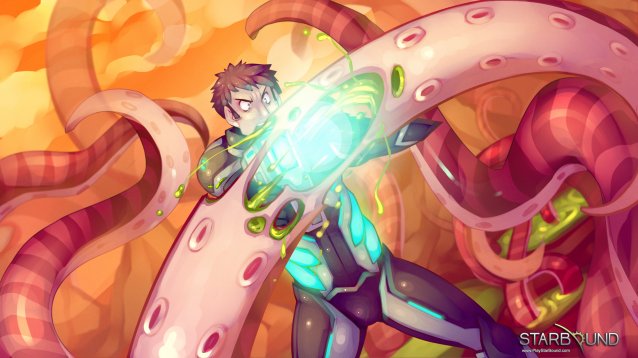
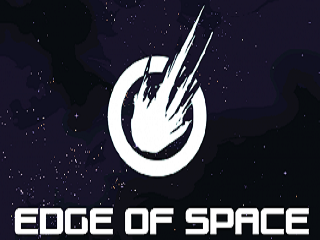 Edge of Space: Fixes for Blue Screen, Freezing issue, FPS issue, Crash issue, Pause button issue etc
Edge of Space: Fixes for Blue Screen, Freezing issue, FPS issue, Crash issue, Pause button issue etc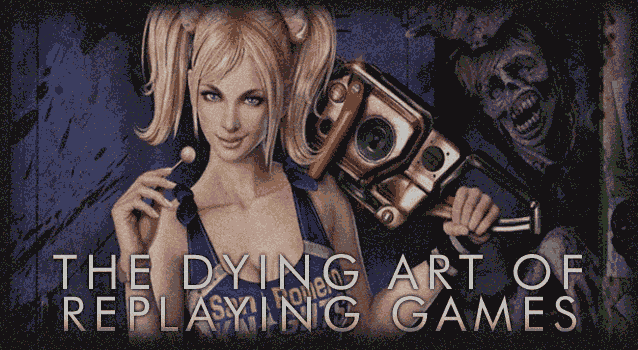 The Dying Art of Replaying Games
The Dying Art of Replaying Games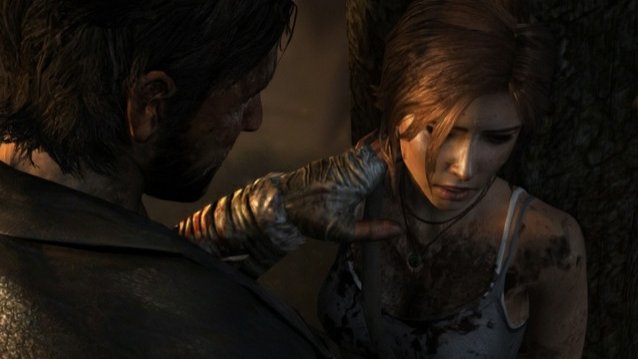 Lara Croft Deserves to be Tortured
Lara Croft Deserves to be Tortured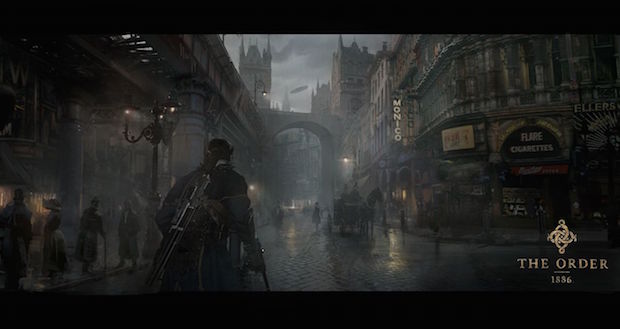 The Order: 1886 Review
The Order: 1886 Review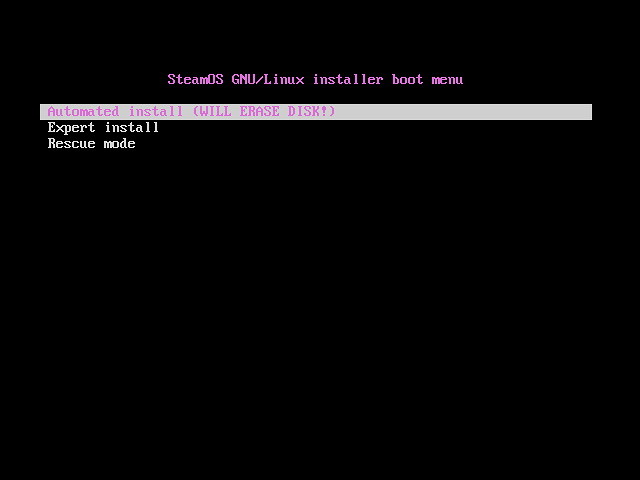 Gaming on Linux is Here: Install SteamOS Beta Today
Gaming on Linux is Here: Install SteamOS Beta Today